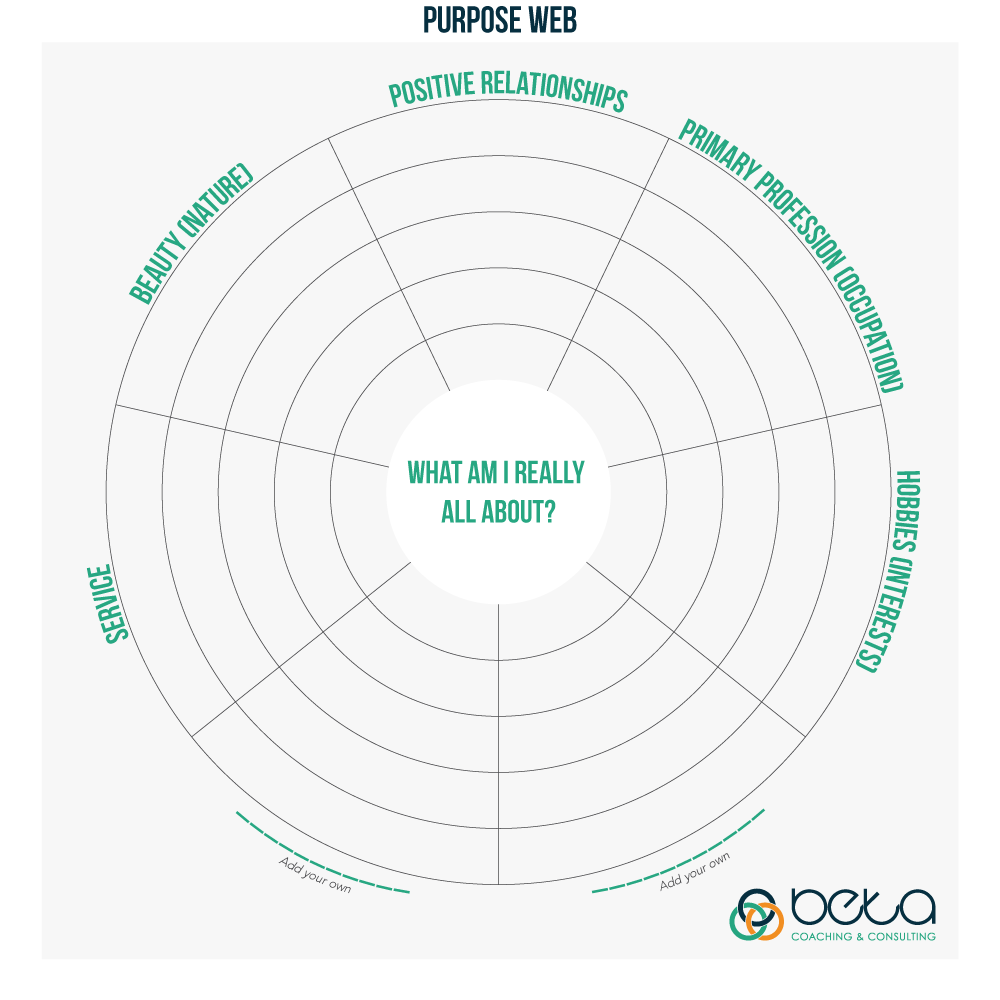It is the rare individual that has a singular life purpose. With the variability of life, we let go of what is not serving us, while making space for what will allow us to embrace our new sources of meaning. I’ve been thinking about my teen years, graduating from high school, and not having a clear direction in terms of the college experience. With no one in my immediate family to guide me, a cousin by marriage, directed me through the application process. I was accepted to a community college just before the fall semester started. Eighteen-year-old Novelette’s purpose was to realize and manifest a college degree, transition into a professional role as a nonprofit executive, and realize financial security.
Since that time, there have been multiple shifts in the focus of my purpose, each revealing what needed to be released while opening to new possibilities. Moments of transitions—leaving an executive director role for graduate school, deciding to become a solopreneur, then going back for a second master’s degree, teaching at the college level, switching professions once again, and starting over in a junior role—were life shifts I created and manifested. The common thread that has run through these changes has been a desire to be of service throughout my personal and professional life while pursuing the elusive American Dream.
 The need in each of these transitions was [is] to have meaningful relationships, as a source of transformative change, while experimenting with options along the way. Each time navigating the new, while pruning away the old, keeping what was essential to my purpose while staying open (and I will confess that at times there was resistance) to what was being recrafted. Inherent in these changes has been a refinement of my needs, which also evolved during different stages of my life, which informs my personal ethos and coaching and consulting approach.
The need in each of these transitions was [is] to have meaningful relationships, as a source of transformative change, while experimenting with options along the way. Each time navigating the new, while pruning away the old, keeping what was essential to my purpose while staying open (and I will confess that at times there was resistance) to what was being recrafted. Inherent in these changes has been a refinement of my needs, which also evolved during different stages of my life, which informs my personal ethos and coaching and consulting approach.
 Rarely does someone have one purpose throughout their life, because so much occurs over time. The daily activities that give meaning to our existence, help move us emotionally and inform our purpose. So, how are you living your purpose? I’d like to offer you this activity to explore the ways in which you have created your web of purpose. There are six domains listed on this web, but feel free to add to the list.
Rarely does someone have one purpose throughout their life, because so much occurs over time. The daily activities that give meaning to our existence, help move us emotionally and inform our purpose. So, how are you living your purpose? I’d like to offer you this activity to explore the ways in which you have created your web of purpose. There are six domains listed on this web, but feel free to add to the list.
- Which individuals are most important to you? These are the people you have positive relationships with.
- Our professions are central to how we curate purpose. What are the three to five elements of your work that you are most proud of and why?
- Hobbies and interests are pathways to feeling purpose, flow, and social connection. Which ones allow you to create and be in flow?
- What are the ways you create or experience beauty? How does it make you feel and in what ways does it bring purpose to your life? We each experience this differently and at varying levels.
- How does your system of philosophy, belief, or religious tradition help you interpret the world and foster a sense of purpose? When you think of the divine, what comes to mind?
- In what ways do you offer service in the world? An integral element of purpose is service—whether it is extended to your family, your community, the organization you work with, or the larger society.
- There are two blank areas for you to list other ways in which you are cultivating purpose in your life.
Consider finding a quiet place and review these domains: positive relationships, professional occupation, hobbies, beauty, belief system, and service, then complete the purpose web activity. By identifying the ways in which you’re cultivating purpose in these domains, you will be better positioned to articulate what is meaningful to you.
 Think about the ways your purpose has been recrafted, while being intentional to your needs, over time. Then answer the questions, “what are you really all about?” and “what creates purpose and meaning for you right now?”
Think about the ways your purpose has been recrafted, while being intentional to your needs, over time. Then answer the questions, “what are you really all about?” and “what creates purpose and meaning for you right now?”
Tell us how you are curating your purpose and how you are living your purpose.
Stay tuned to next month’s newsletter, where we’ll look at purpose from the organizational perspective. We will dive deeper into the ways we meld individual and organizational purposes for belonging, and connectedness, curating purposeful work environments.

 The Mushroom at the End of the World, traces how the matsutake mushroom guides us to the possibility of coexistence in environmental disturbances. A sign of privilege, the matsutake is an artful reconstruction of nature and refined taste. It thrives in a disruptive environment as it transforms through the relationship with other species. It resists the condition of the plantation structures of the self-contained and interchangeable units.
The Mushroom at the End of the World, traces how the matsutake mushroom guides us to the possibility of coexistence in environmental disturbances. A sign of privilege, the matsutake is an artful reconstruction of nature and refined taste. It thrives in a disruptive environment as it transforms through the relationship with other species. It resists the condition of the plantation structures of the self-contained and interchangeable units.
On the back jacket of the book, there is a thought-provoking question, “what manages to live in the ruins we have made?” This speaks to how the mushroom survives in areas of deforestation, and those who forage for the mushroom are engaged in dramatic enactments of freedom.
It is an exquisite, deeply profound, and layered exploration of what it is to be on the brim of ruin and extinction, finding a way to transform oneself—be it the matsutake or the refugees who are foraging in the forest for their fortune. I am intrigued by the way Tsing speaks to the multiplicity of who we are as people, of the matsutake mushroom, as well as how our current systems perpetuate inequities. “In order to survive, we need help, and help is always the service of another, with or without intent.” As we change to survive as the mushroom does in a deconstructed forest, how might we benefit from a multi-species approach?
Making Connections
 I proudly serve on MySerenitySanctuary (MySS) Board of Directors as Vice Chair. MySS’s mission is to support and advocate for the self-care and well-being of Black women and girls everywhere by providing online community support, self-care, mental and physical health programs, and events. They also advocate for policies that recognize and address the unique challenges faced by Black women and girls, including health equity, accessibility to services, and dismantling the stigma surrounding self-care and mental health in Black communities.
I proudly serve on MySerenitySanctuary (MySS) Board of Directors as Vice Chair. MySS’s mission is to support and advocate for the self-care and well-being of Black women and girls everywhere by providing online community support, self-care, mental and physical health programs, and events. They also advocate for policies that recognize and address the unique challenges faced by Black women and girls, including health equity, accessibility to services, and dismantling the stigma surrounding self-care and mental health in Black communities.
To learn more about how you can support the fabulous work of MySS, go to their website.

